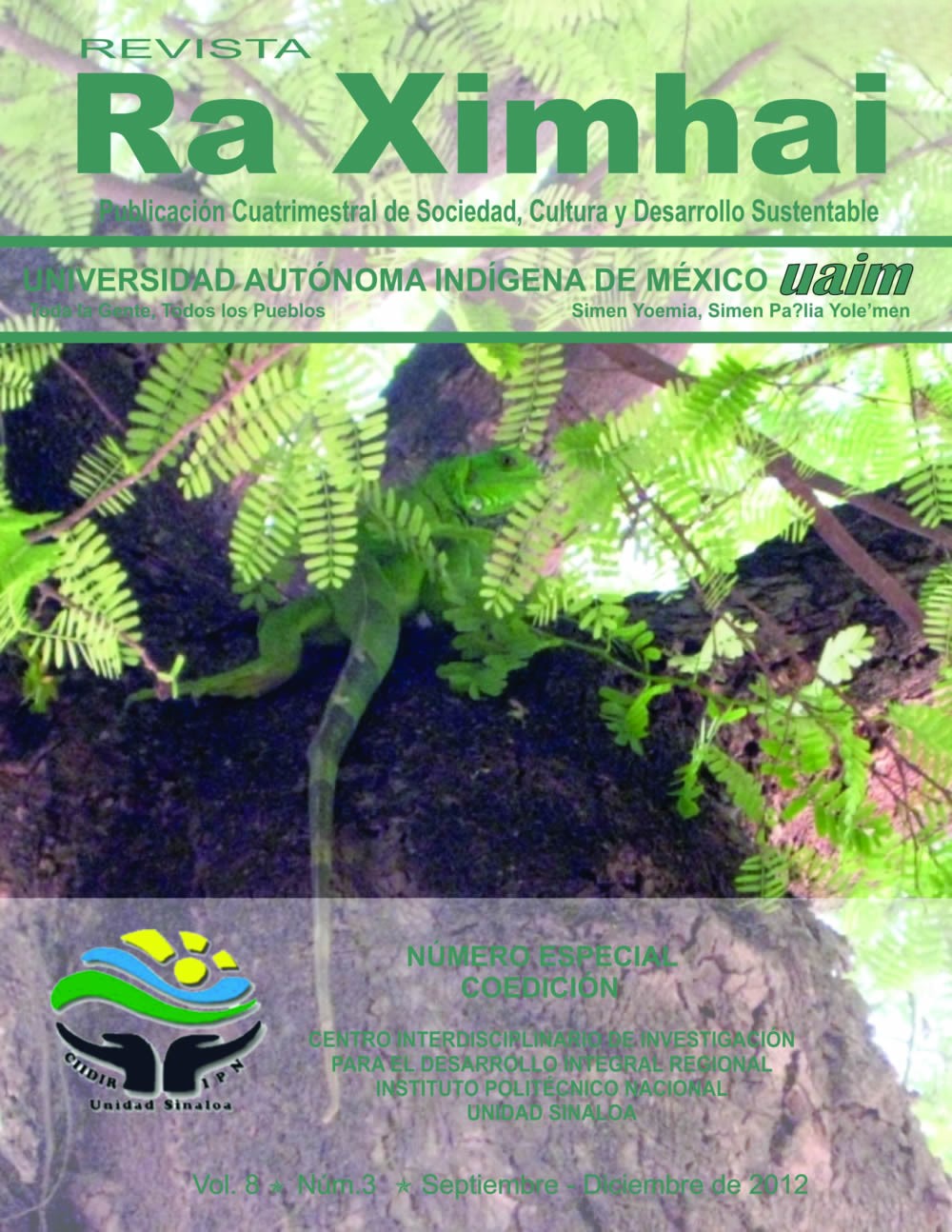Design and application of equipment for monitoring subsoil salinity
DOI:
https://doi.org/10.35197/rx.08.03.e2.2012.14.mnKeywords:
Aquifer, team, underground, resistivity, remediation, underground watersAbstract
Geochemical exploration equipment that allows to know the contaminants and geological structures of the subsoil comes from abroad, is expensive and sometimes the replacement parts are not available in the market, so it is necessary to develop equipment that meets these needs. For the monitoring of salinity variations there are some semi-automatic equipment, but they are difficult to handle. However, for the indirect study of the salinity of the subsoil there is no equipment. In this work, a device was designed to carry out the measurements of the apparent resistivity of the subsoil, which allowed to know the salinity of the subsoil and the detection of some contaminant in the underground waters. For its construction, a grounding design was selected with electronic attachments that were joined to apply direct electric current (DC) to the subsoil through a dipole-dipole arrangement and a vertical electrical probe, with brass and stainless steel electrodes. In the grounding, the electrodes were placed in line equidistant between the potential and current detectors. A geometric factor (K) was used, which depends on the electronic distance and the direct electric current (I) injected by electrodes A and B, to measure the potential difference between electrodes M and N; the point-to-point resistivity was calculated to obtain a geoelectric tomography of the subsoil. The equipment was calibrated with very small errors (rms < 2 %) with respect to curves obtained in similar commercial equipment. An automatic device was built to determine the salinity of the subsoil, and it was tested in the area of the micro-basins of Texcoco, State of Mexico, managing to define the geometry of the medium formed by alluvial or lacustrine sediments from igneous rocks (andesites, rhyolites and glassy tuffs or "tepetates") that, due to their mineralogical composition, allowed the lateral variations of the resistivity to be associated with the trace elements that are released within the free aquifer: Cd, Cu, Cr, Co, Ni, Pb or Zn, among others. This method represents a step forward in environmental impact studies, especially for monitoring the subsoils of sites undergoing recovery.
Downloads
References
Boyd, T. 1996. Introduction to geophysical exploration. (En línea). Disponible en: http://galitzin.mines.edu/INTROGP/main_template.jsp?menu=res_menu. html&page=DC%20Resistivity%3A%20Home&url=RES%2Fmain.html
Calvache, P. M. and Bosch A. 2003. Saltwater intrusion into a small coastal aquifer (Río Verde, Almuñecar), southern Spain. Journal of Hidrology. 129 (4):1945-213.
Emery, X. 2007. Conditioning simulations of Gaussian random fields by ordinary kriging. Mathematical Geology. 39(6): 607-623.
Orellana, E., Higueras M., Merchán F. 1995. La interpretación automática (por medio de ordenador) en la prospección geofísica. Caso de refracción sísmica y de SEV. Física de la Tierra no. 7. pp. 33-51.
Poch, M. 1999. Las calidades del agua. Cuadernos del medio ambiente. Rubes Editorial. Barcelona. 256 pp. Sánchez, F. 2004. Prospección geofísica: Sondeos eléctricos verticales. Departamento de Geología.
Universidad de Salamanca España. (En línea). Disponible en: http://web.usal.es
Sepúlveda, E. E. 2009. Diseño de un resistivímetro de corriente directa para realizar estudios geoeléctricos en los valles centrales. Tesis Maestría. CIIDIR-IPN-Sinaloa. Santa Cruz Xoxocotlán, Oaxaca. 188 p.
Telford W., Geldart L., Sheriff R. 1990. Applied Geophysics. (2nd. Ed.) Cambridge University Press. 672 pp.
Downloads
Published
How to Cite
Issue
Section
License
Copyright (c) 2012 Mariano Norzagaray Campos, Patricia Muñoz Sevilla, Cipriano García Gutiérrez

This work is licensed under a Creative Commons Attribution-NonCommercial 4.0 International License.
Usted es libre de:
- Compartir — copiar y redistribuir el material en cualquier medio o formato
- Adaptar — remezclar, transformar y construir a partir del material
- La licenciante no puede revocar estas libertades en tanto usted siga los términos de la licencia
Bajo los siguientes términos:
- Atribución — Usted debe dar crédito de manera adecuada , brindar un enlace a la licencia, e indicar si se han realizado cambios . Puede hacerlo en cualquier forma razonable, pero no de forma tal que sugiera que usted o su uso tienen el apoyo de la licenciante.
- NoComercial — Usted no puede hacer uso del material con propósitos comerciales .
- No hay restricciones adicionales — No puede aplicar términos legales ni medidas tecnológicas que restrinjan legalmente a otras a hacer cualquier uso permitido por la licencia.








